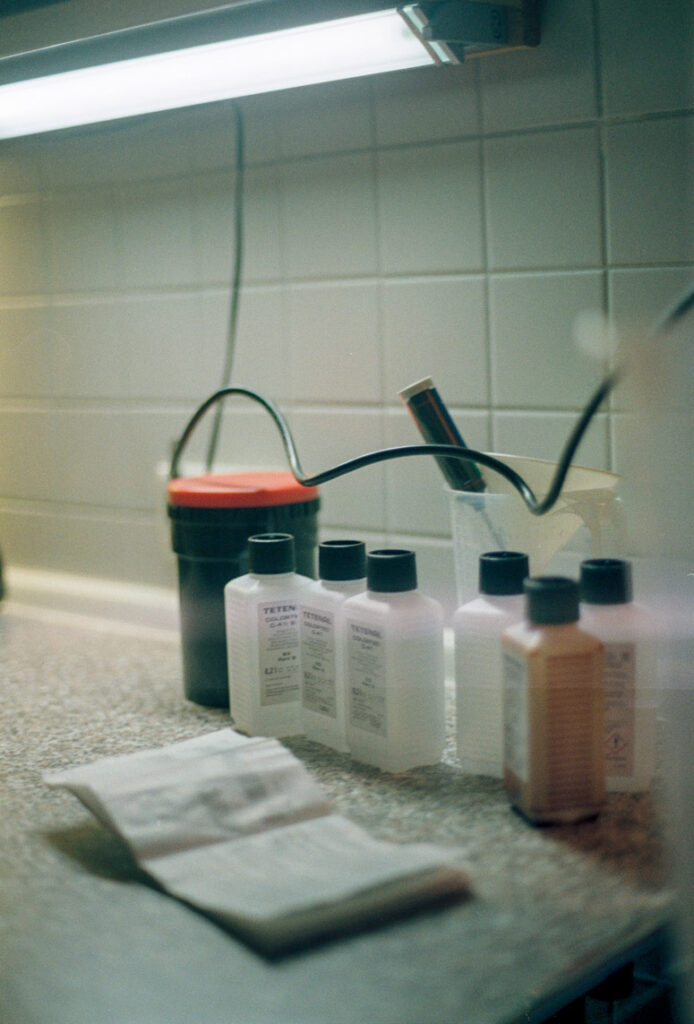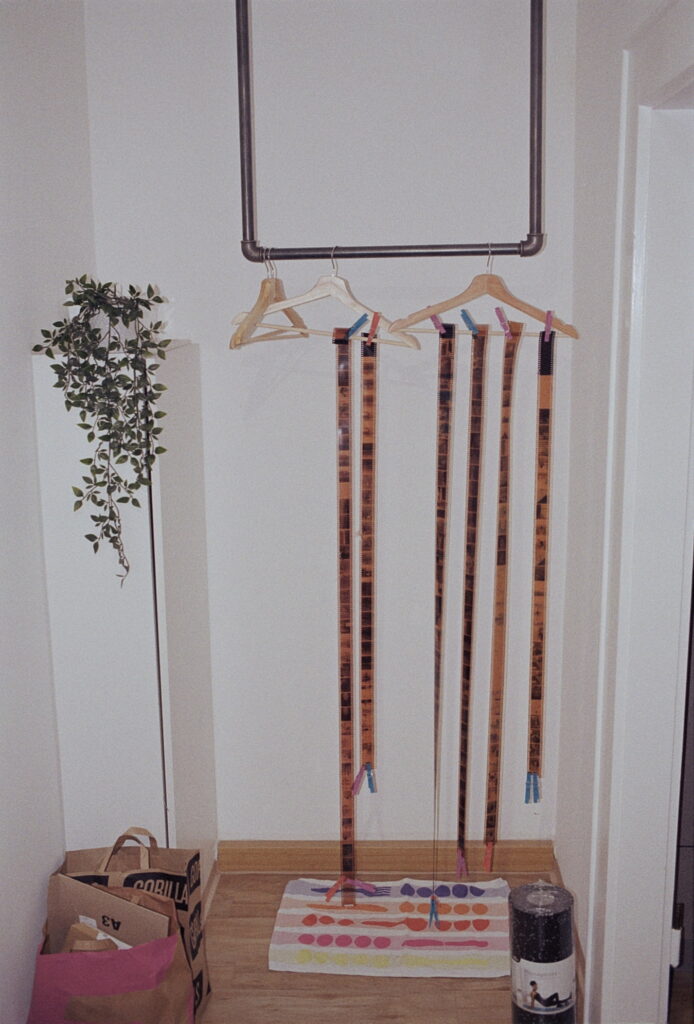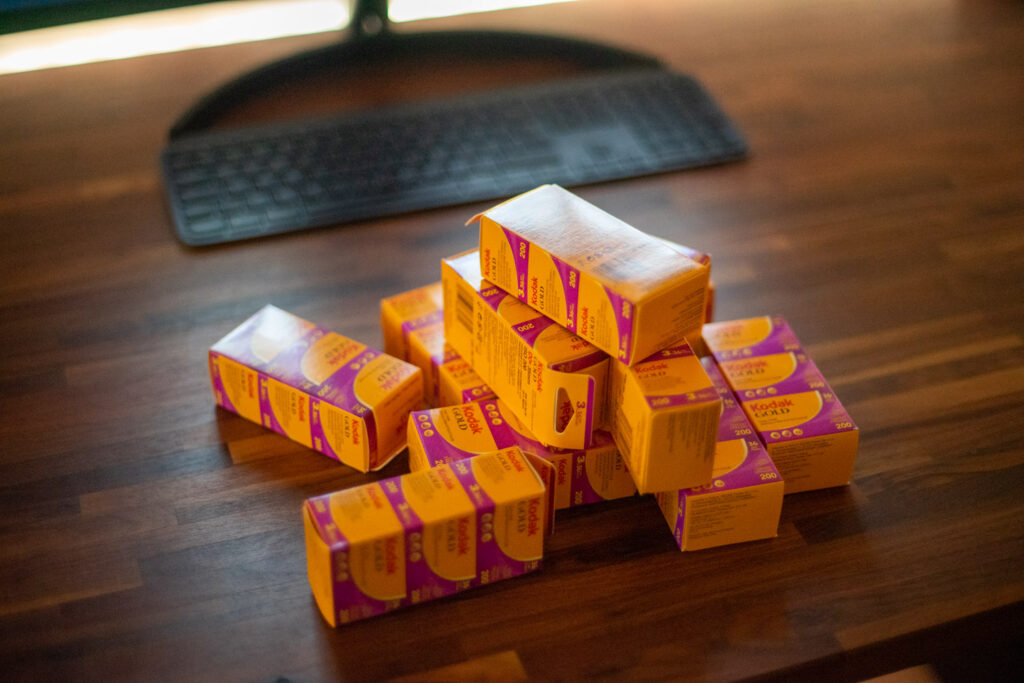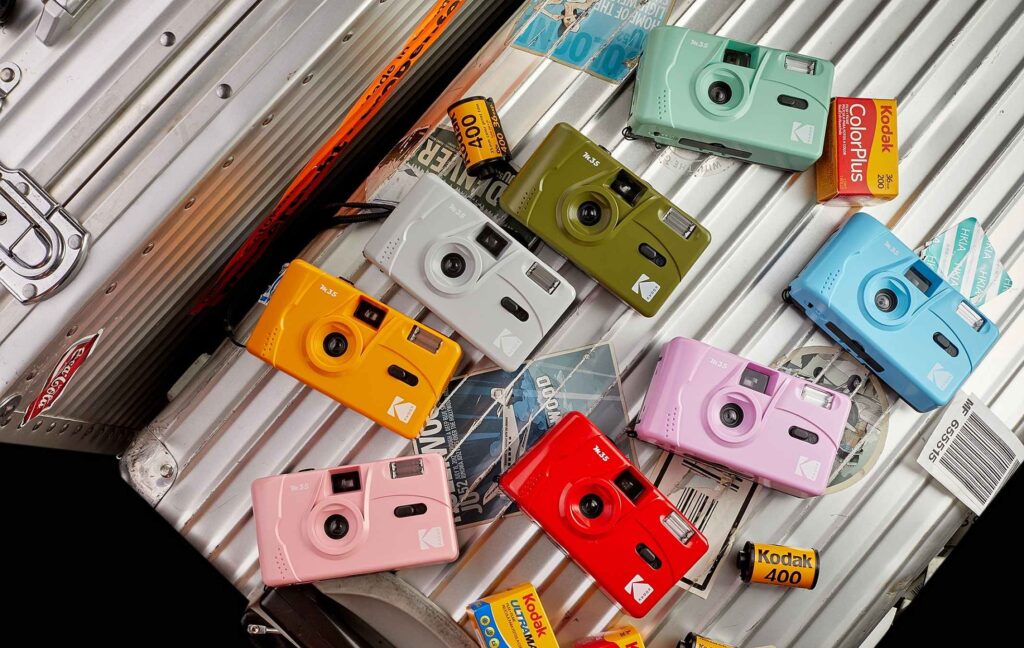When it comes to developing color film, one of the first decisions a photographer needs to make is the choice of the developing kit. With this decision comes the choice between using liquid or powder developer, each with their own advantages and disadvantages that can impact the outcome of your final images. In this blog post, we will explore the differences between liquid and powder developers for film development, and help you determine which option might be the best fit for your specific needs. Whether you are a seasoned pro or just starting out in film photography, this guide will provide valuable insights into this important aspect of the development process.

What are the differences between powder and liquid developer?
When developing film at home, you have a ton of options for which developer to use. Each one has its own pros and cons, making it a personal choice in the end. To make things simpler, we’re going to explain the differences between liquid and powder developers, which is basically the first choice you need to make. The main thing to know is that liquid developers are easier to use and are usually recommended for beginners. Powdered developers, on the other hand, are more cost-effective and can be used for specific purposes, like improving sharpness or creating finely-grained negatives. In general, liquid developers are more widely used and are easier to find in stores, especially popular ones like Kodak HC-110 or Rodinal/Adonal.
These are the main differences between powder and liquid developers, and if you’re just starting out, the choice is a no-brainer: go with the liquid one. You can easily find it in stores or online, which makes it super convenient. If you’re interested in diving deeper into the advantages and disadvantages of each type, and figuring out which one is the right choice for your needs, keep reading.
But what is the better choice, a liquid or a powder developer?
This question cannot be easily answered, as each developer has its own advantages that suit different types of work. But in general, liquid developers are way more popular and user-friendly. If you’re starting out, you can’t go wrong with a liquid developer or development kit. But let’s dive into when to use one over the other.
When should you choose liquid developer over powder?

- You want to safe time – Use a liquid developer when you want to get going quickly, as it is already mixed you will just have to dilute with water and start the developing, this safes a lot of time and effort which you would have to take into account when mixing the powder correctly.
- Consisten results with less effort – You are more likely to get consistent results with liquid developer, of course you can achieve the same results with powder, but it will be a bit more effort.
- Shelf life – You can extend the shelf life of liquid developer by a pretty long time when done correctly, in case you are only processing a couple of rolls here and there, liquid developer is definitely the better choice. Take a look at this article where I give some tips on how to extend the lifetime of your HC-110 developer.
- You want to safe storage space – With liquid developer you can split your concentrate into several smaller bottles and only start to mix when needed, whereas with powder developer you will always have to mix the complete solution which is usually 5L.
- You want to avoid mess – Handling powder is just always a mess, nothing to add.
- For health reasons – You are less likely to inhale any developer chemicals. This becomes more relevant the more film you are processing.
When should you choose power developer over liquid?

- You want to safe money – Generally speaking powder developer is a lot cheaper and you can process more rolls than with liquid developer. The downside is that you need have a high film processing volume to make use of that. An option is to collectively develop with your friends.
- You have a specific use case – Powdered developers are ideal for achieving specific looks such as extremely fine-grain negatives or pushing two stops without increased grain and contrast.
- For traveling – Traveling with liquids is quite difficult, a problem you are simply not facing with powder developer
What is the easiest and best developer for a beginner?
Starting out can be a real pain when it comes to searching through all the info, opinions, and tips on the internet or in forums like Reddit to figure out which developer to use. But if you keep hearing the same names pop up, you really can’t go wrong with those. And let’s be honest, when you’re just starting out, you might not even notice the little differences between developers, and you would also have to make sure to stick to the process, temps, and times 100% to get consistent results that would enable you to do a proper comparison. I’d suggest going with an easy and budget-friendly option to start. Check out my top picks for beginner developers below!
For black and white development
Kodak HC-110 developer is a great choice for beginners because it’s easy to use and versatile. It comes in liquid form, so it’s a breeze to mix and dilute, and it doesn’t go bad quickly, so you don’t have to worry about wasting it. Plus, it works with all types of black and white films, which gives beginners the chance to play around with different combinations and find what works best for them. A lot of photographers also love the sharp, detailed negatives and high-contrast prints they can get with HC-110. All in all, if you’re starting out with black and white film photography, HC-110 is a reliable option that can help you get some awesome results.
For color film development
Since C-41 is a standardized process, I would always recommend getting a kit if you’re just starting out. Results between different brands should be negligible, and it pays off to pay more attention to times and temperatures than the kit used. Also, disregard the Blix vs. Bleach/Fix debate for your first film development and just use the combined Blix version for easier handling. The more you get into the process, the more you can experiment, but for the beginning, it is crucial to learn the fundamentals. Good kits I would recommend are the Tetenal Colortec kit for C-41, the Cinestill cs41 kit, or the Arista C-41 kit. Just get what is easily available in your area and make sure it’s a liquid one.



